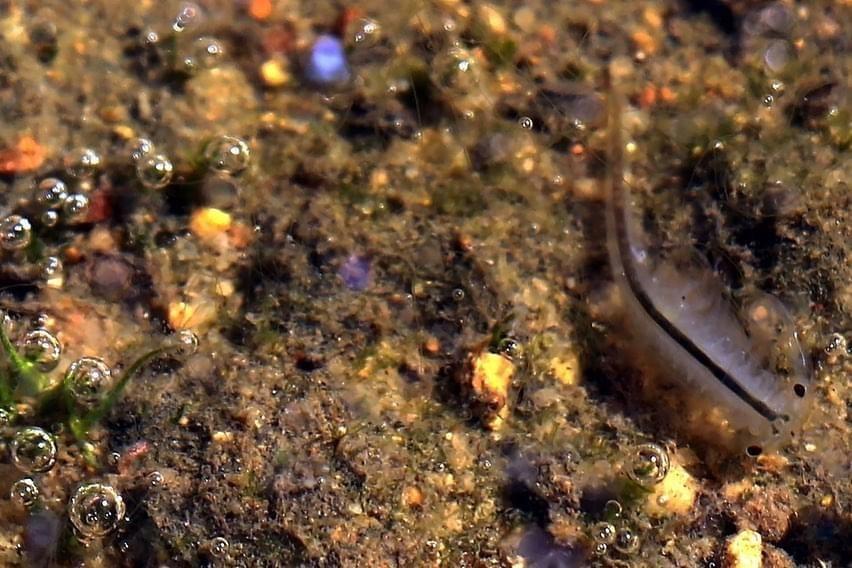
Species Spotlight: San Diego and Riverside Fairy Shrimp
Fairy shrimp are one of the seven endangered species protected on The Nature Reserve. These freshwater crustaceans occur in vernal pools. Vernal pools are seasonal wetlands that form in depressions of gently sloping grasslands where the ground beneath is composed of hard clay or bedrock. They collect water during the winter through spring, typically drying up by summer and remaining dry through fall. These pools are important habitats for a variety of plants and animals. Some are specialized to grow and breed in the short lifespan of these pools, such as the fairy shrimp, staying dormant until the pools fill with water again.
Fairy shrimp have a relatively short life cycle, lasting several weeks as they hatch from egg-like cysts and ending as the pools dry out with the females laying their cysts. The eggs of fairy shrimp are extremely hardy, encased with a thick, protective shell that lets them withstand long dry periods and extreme temperatures. Fairy shrimp are filter feeders which eat algae, bacteria, and bits of waste from other plants and animals present in their environments.
Sadly, more than 90% of California’s vernal pools have been lost but one good example is preserved in The Nature Reserve. This protected vernal pool is home to two endangered species of fairy shrimp, the Riverside Fairy Shrimp (Streptocephalus woottoni) and the San Diego Fairy Shrimp (Branchinecta sandiegonensis).
Help protect the fairy shrimp and other sensitive and endangered species by respecting habitat reserve boundaries, staying on trails in open space areas, and learning more about these incredible creatures.
